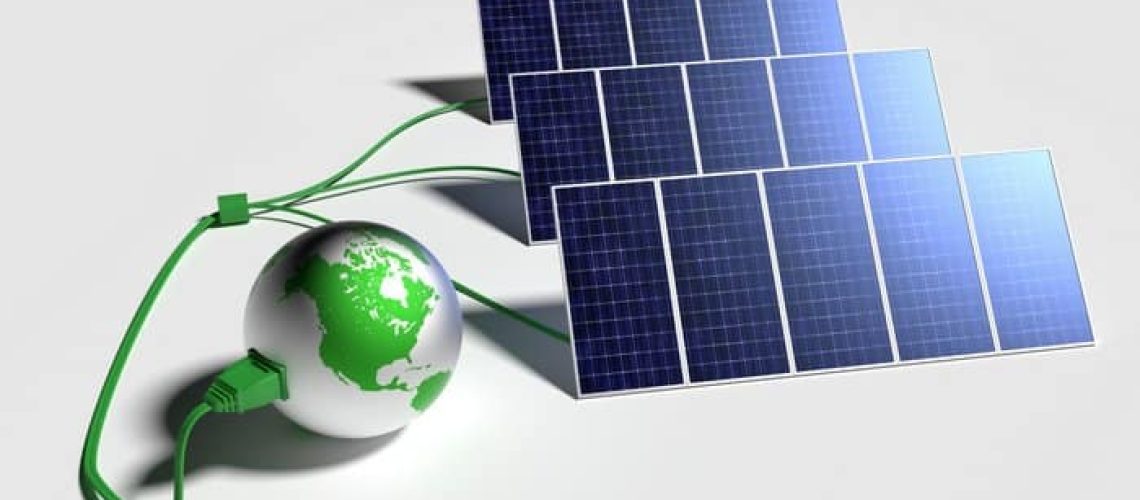The energy transition is apparent in capital spending, with the bulk of state-level investments in the United States market targeting solar power, according to new data released by Industrial Info Resources.
The industrial market research firm found that an estimated $880 billion in North America is going toward either renewable power or energy storage. Power is the clear leader in the energy transition when measured in total investments, with manufacturing coming in a distant second with $130 billion.
Across North America, solar is expected to see $64.8 billion in total investment value, followed by wind energy with $20.5 billion. Industrial Info Resources cited data from the Solar Energy Industries Association, showing more than 6,200 solar projects in its database, representing nearly 200 GW of power.
In terms of the infrastructure necessary to bring that power to end-users, Industrial Info found about $47 billion in the pipeline. By state, Texas leads with $4.8 billion in total investment value for power transmission, though by region it’s the Rockies that stand out with just over $14 billion expected by 2024.
Industrial Info’s VP of power research Britt Burt said that the main drivers of the transition among energy providers are the global march toward decarbonization, stakeholder demand and government incentives.
“We’re finding an evolving change in mindset among major energy and manufacturing companies that’s driving much of the transition to net-zero,” Burt said during Industrial Info’s North American Mid-Year Industrial Market Outlook event on June 21.
The war in Ukraine, meanwhile, has exposed the vulnerabilities of over-reliance on exporters of fossil fuels. Sanctions imposed on Russia for the invasion left Europe particularly exposed given its past dependence on Russia oil and natural gas.
Renewable energy, provided there’s a strong domestic manufacturing base, does not share the same level of geopolitical risk.
In the North American power sector, however, risks remain for renewables. If the wind isn’t blowing, or the sun isn’t shining, renewable energy underperforms without sufficient battery storage.
Burt’s research found battery storage is expected to draw around $10.4 billion in capital, which lags behind what’s going toward wind and solar.
With triple-digit temperatures hitting Texas, Gov. Greg Abbot faced criticism for axing a bill meant to improve energy efficiency. That came as several parts of a state with an advanced renewable energy portfolio were left in the dark as demand overwhelmed supplies.
Nevertheless, capital spending plans seem to be making an impact. Sourcing the U.S. Energy Information Administration (EIA), Industrial Info data shows that solar is the leading source of new power generation this year. The EIA forecasts solar power generation this summer could be 24% higher than during the prior year. Texas again is the clear leader in planned capital investments.
“Texas has some $24 billion in the pipeline for renewables, with some $18 billion of that targeting solar,” Burt said. “Battery storage is next with $5 billion, followed by natural gas with $3 billion.”
Despite the aforementioned $47 billion in U.S. infrastructure investment to bring new renewable energy to end-users, the International Energy Agency suggests it’s not enough. Advanced economies may be making strides, but clean energy spending will need to triple by 2030 in emerging and developing economies to reach net-zero.
While net-zero ambitions may be lofty, it does seem that capital spending during the energy transition is paying off. Since 2013, Industrial Info finds that 128 GW of coal-fired power capacity has or is on pace to retire, while a combined 120 GW of wind and solar are starting up. Much of the rest is from natural gas.
“While we expect to see some slippage and fallout in terms of overall investments, our data does show a significant shift in capital programs tailored to the energy transition,” Burt said.
Tags: Industrial Info Resources, market research, utility-scale



